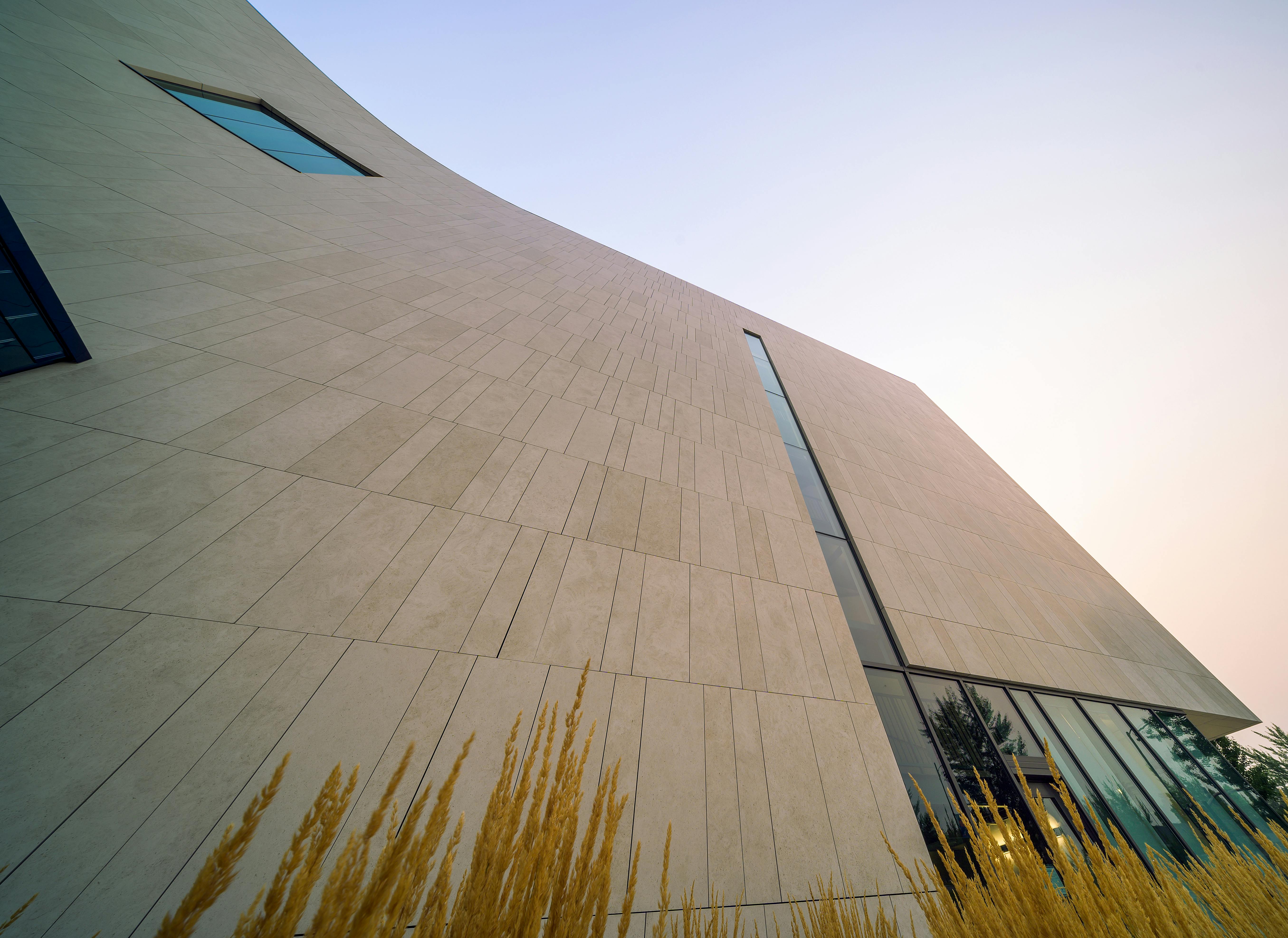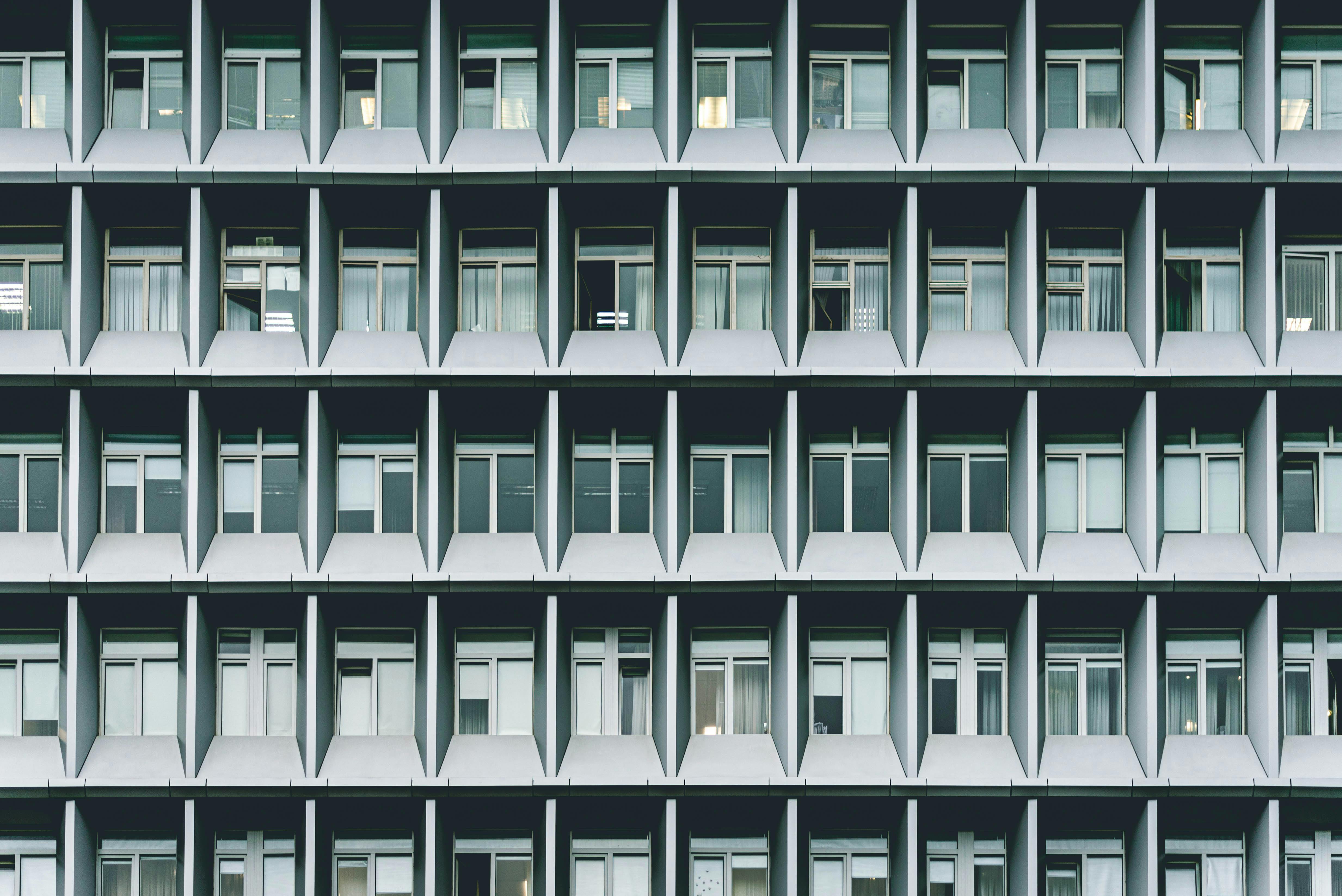There are numerous reasons someone would be looking into drywall repairs. Just today I was buying a sandwich at a local restaurant and a group of teenagers were bragging that they had just finished repairing the walls of a party that got out of hand and hoping their parents wouldn’t notice when they got back; I wonder who will be more surprised.
Doors are notorious for having a grudge against drywall. People have been known to push, bump, or even fall through sheetrock at various stages of life. If you’ve decided to rent a property, you may be getting a hard education on how much odd and miscellaneous damage can occur to walls. Maybe you’ve just bought your first home and are noticing some cracks or chipped nails; check your contract, a good chunk of that should be covered by your initial warranty.
Regardless of the source of the damage to your drywall, you now need to decide if it’s worth spending your time repairing these areas or if you’ll hire someone else to complete the task for you. Whether you’re doing the repairs yourself or discussing the cost with contractors, these points may help:
1) Nothing is perfect, you are mainly creating the perception of perfection, when repairing even a small damage, you will want to widen the repair area to get more surface area to absorb the repair. This will help draw attention away from inconsistencies that even the best repair can leave behind.
2) If the gypsum board is broken, badly cracked, or noticeably uneven, you will most likely need to remove and reinforce a section behind the wall panel. I’ve found 1″x3″ pine to be a great resource for providing a firm backing and plenty of room to attach the repaired section to the existing drywall. There are some reinforced surface patching materials, but unless you’re used to working with these, they can be difficult to texture.
3) Hot slurries (joint compounds that have a set dry time) and spray textures are ideal for smaller areas. When working with hot mud, check the label and give yourself plenty of time before the material hardens because they tend to be a bit more difficult to work with and sand. Spray textures are ideal for small repairs as they avoid having to pull out texturing equipment and dry much faster than conventional texturing.



